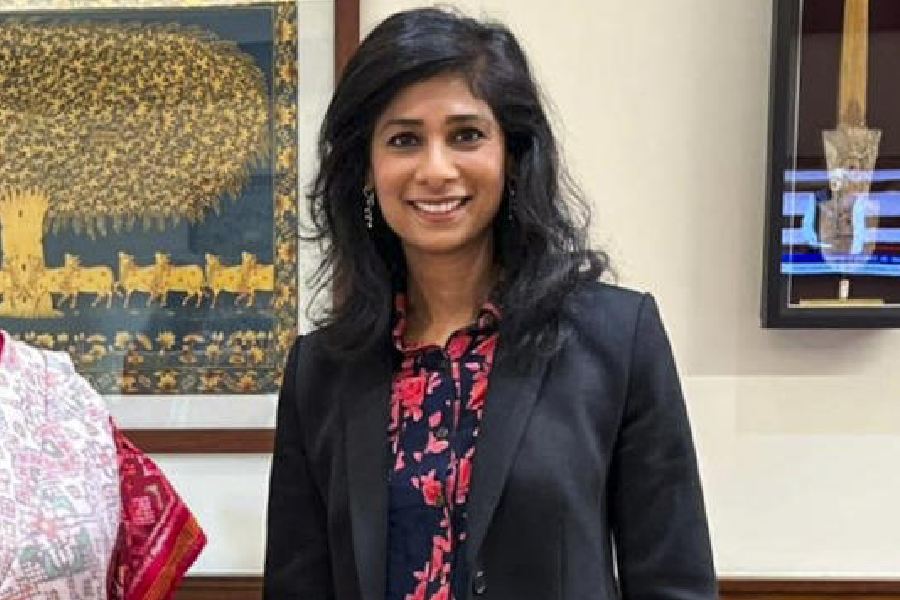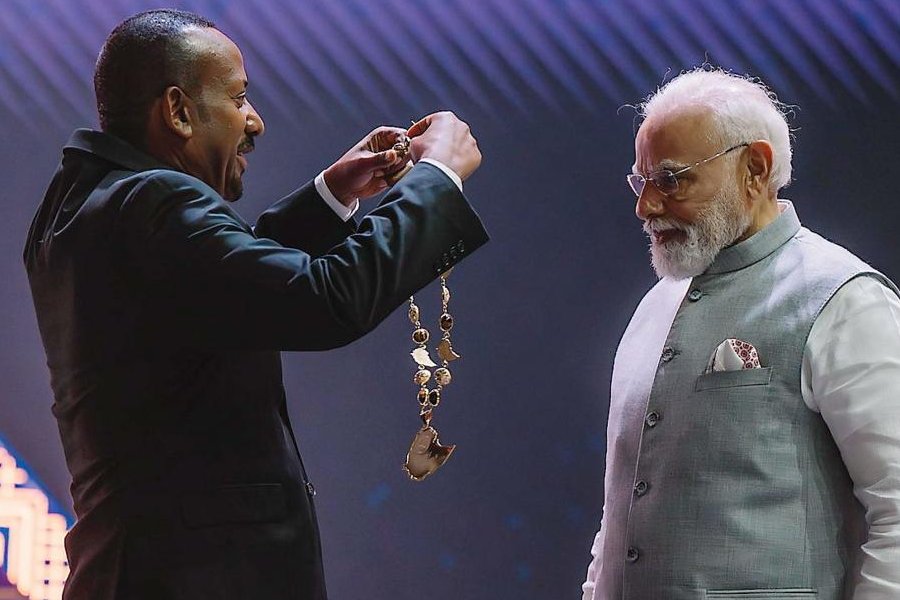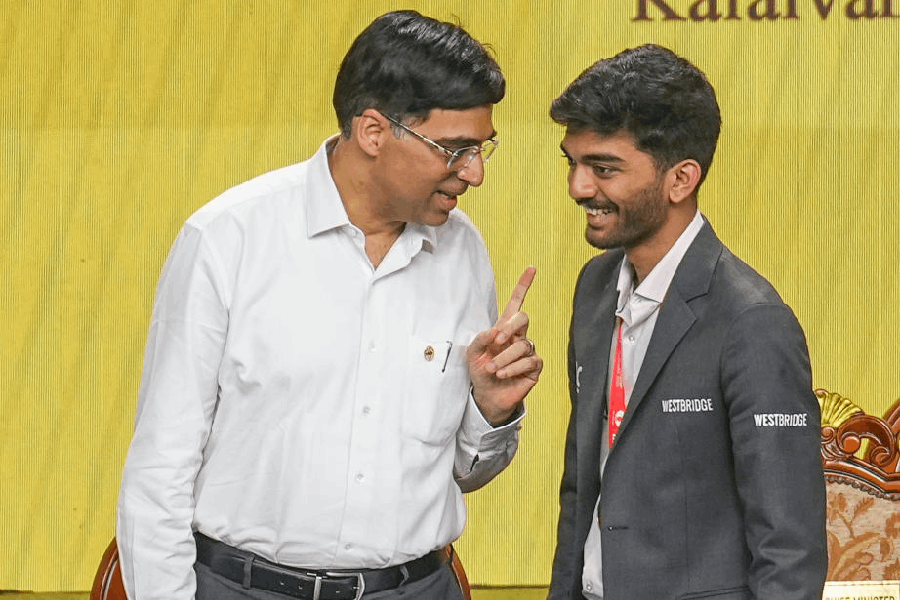If the cosmos is a well-defined whole, then the infinite number of deaths and rebirths can be equated with the cycle of life. The Mayur Lalit Dance Academy attempted to interpret this cosmic theme in a pulsating dance drama, Sarjanam — The Creation, as part of its annual programme held at Rabindra Sadan recently. How did ‘brahman’ — the primordial vibration — give rise to ‘omkar’ — the fundamental sound of the universe? How did ‘om’ become the root of creation, branching into purusha (consciousness) and prakriti (nature), facilitating the manifestation of the universe? How does prakriti then evolve to diversify into pancha bhutas (the five elements)? These ruminations on creation and proliferation, the tenets of the Samkhya philosophy, were left to the audience to ponder in the prelude to the performance.
To fit billions of years of history into a 60-minute presentation was no mean feat. But Debamitra Sengupta, the group director and Odissi exponent, did a fine job of collating the diverse philosophical strands of the story of creation and infusing them into Sarjanam that effectively married physics with classical dance. Consequently, the symbolism of the solar system, its seeming parallels with the atomic structure, represented through the classical idioms, did not strike this reviewer as fantastical but organic. This
perhaps has to do with the fact that the cosmic rhythm has
historically been embodied
in dance. Each dancer, in traditional attire and bathed in expressive stage lights, seemed to represent each atom of the elements that are created and destroyed in rhythmic pulses.
Sengupta got a wide canvas to explore her subject. Her insertion of the episode on Madan and Rati in the concluding portion was particularly laudable. The interplay between the god and the goddesses of love in Hindu mythology underlines eroticism as a sine qua non in cosmic processes. Sengupta’s portrayal of Rati, in which she combined nimble footwork with subtle abhinaya to etch out the ideas of love, desire, union and procreation, was impressive. The Sanskrit shlokas composed by Nityananda Misra acted as perfect accompaniments.










